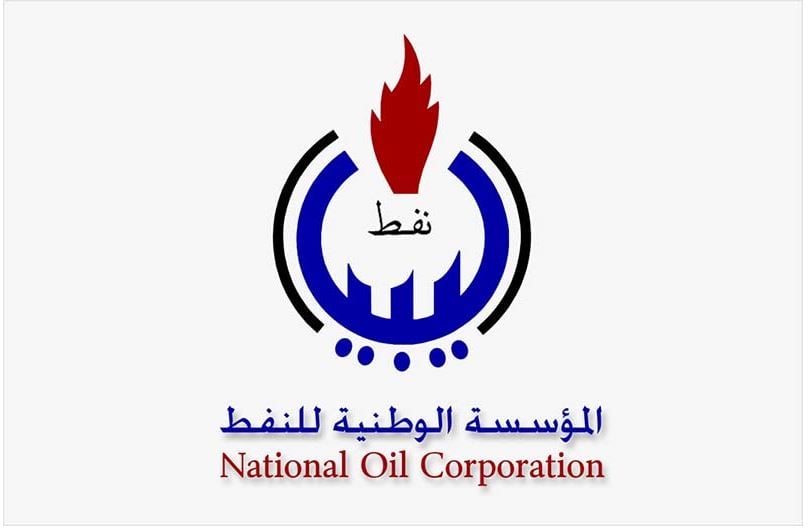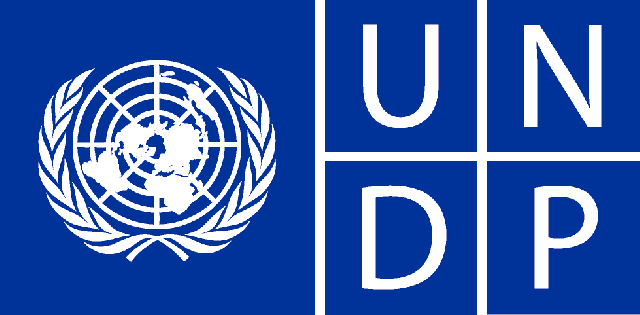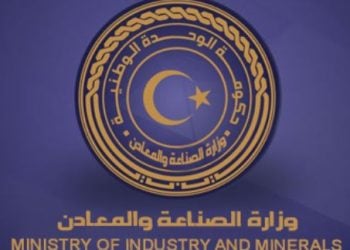By Sami Zaptia.
Washington DC, 17 April 2013:
The IMF report based on a 22 country-case study of energy subsidy reform concludes that . . .[restrict]though aimed at protecting the consumer, such subsidies aggravate fiscal imbalances or crowd out priority public spending and depress private investment. It also reduces the benefit of a positive balance of payment with regards to oil exporting nations. They also distort resource allocation and encourage excessive energy consumption and reduce incentives for investment in renewable energy and accelerate the depletion of natural resources.
Equitable distribution of wealth?
Moreover, the IMF reports that contrary to popular understanding, subsidies are “typically highly inequitable as they are largely captured by higher-income households and divert public resources away from spending that is more pro-poor”.
Revealingly, the IMF report tells us that “on average, the richest 20 percent of households in low and middle income countries capture about six times more in energy subsidies than the poorest 20 percent of households“.
On the distorting effect of subsidies, the IMF tells us that “energy subsidies are pervasive and impose substantial fiscal costs”. Moreover, it informs us that “pretax subsidies for petroleum products, electricity, natural gas, and coal reached US$480 billion in 2011 (or 0.7 percent of global GDP or 2 percent of total government revenues).
Petroleum product subsidies and electricity account for about three-quarters of total pretax subsidies. These subsidies are concentrated in the Middle East and North Africa region, which accounts for about 50 percent of global subsidies (more than 8.5 percent of regional GDP or 22 percent of total government revenues).
Oil exporters, most of which are developing and emerging market economies, account for about two-thirds of total subsidies.
Post tax subsidies, on the other hand, amount to US$1.9 trillion (2.5 percent of global GDP or 8 percent of total government revenues). Subsidies to petroleum products and coal account for about three-quarters of global post-tax subsidies.
The IMF informs that while advanced economies account for about 40 percent of these subsidies, and oil exporters account for about one-third. However, the IMF noted that “as a percentage of GDP and government revenues, these subsidies are highest in the Middle East and North Africa, at about 13 and 33 percent, respectively”
Putting policy into practice
In practical terms, the IMF noted that despite the potential gains, many countries have found energy subsidy reform difficult. The IMF admits that price adjustments have often led to widespread public protests, with a subsequent complete or partial reversal of price increases.
The IMF notes that the absence of public support for subsidy reform partly reflects a lack of confidence in governments’ ability to reallocate the resulting budgetary savings to benefit the broader population.
Closer to home, the IMF notes that in oil exporting countries, this problem is particularly challenging where subsidies are seen as a mechanism to distribute the benefits of natural resource endowments to their populations and where the capacity to administer targeted social programmes is typically limited.
Six recommendations for subsidy reform
Finally, the IMF admits that “there is no single recipe for successful subsidy reform”, but suggests 6 recommendations to help energy reform:
- A comprehensive energy sector reform plan with clear long-term objectives, a detailed analysis of the impact of reforms, and consultation with stakeholders.
- An extensive communication strategy, supported by improvements in transparency, such as the dissemination of information on the magnitude of subsidies and the recording of subsidies in the budget.
- Appropriately phased price increases, which can be sequenced differently across energy products and take into account the capacity to implement mitigating measures.
- Improvements in the efficiency of state-owned enterprises to reduce producer subsidies.
- Measures to protect the poor through targeted cash or near-cash transfers or, if this option is not feasible, a focus on existing targeted programmes that can be expanded quickly.
- Institutional reforms that depoliticize energy pricing, such as the introduction of automatic pricing mechanisms.
Subsidies and Libya
With regards to Libya, the 2013 budget has allocated food, fuels and electricity subsidies a total of LD 10.6 billion or 16 percent of the total budget.
|
Section |
Details |
LD billion |
Percentage |
|
|
1 |
Section One | Salaries | 20,783,302,000 |
31 |
|
2 |
Section Two | Operational expenditure | 10,770,362,000 |
16 |
|
3 |
Section Three | Development & Reconstruction Projects | 19,300,000,000 |
28 |
|
4 |
Section Four | Subsidies & Price Stabilization Fund | 10,607,850,000 |
16 |
|
5 |
The General Reserve including the Child Benefit | 5,400,000,000 |
8 |
|
|
6 |
TOTAL | 66,861,514,000 |
It is worth noting that even under the Qaddafi regime limited attempts were made under both the Shukri Ghanem and Baghdadi Mahmoudi prime ministerial ships to reform subsidies. Shukri Ghanem’s attempt to remove subsidies from tomato paste, for example, earned him the nick name Shukri Tomatom.
Petrol prices were raised systematically on more than one occasion under Baghdadi Mahmoudi’s governments from LD 0.11 to 0.25 per litre – only to be reversed to the current LD 0.15/litre.
Following the February 17th Revolution, the government has initiated the new National ID number in an effort to identify the exact size and socio-economic makeup of Libya’s population. In fact, the first of the nine conditions attached by Libya’s parliament, the General National Congress (GNC) to the budget when it passed it was that the government activates the new National ID Number.
It is deemed that a database and a national ID number are central tools to subsidy reform and targeted cash subsidies to those who need it.
The second condition attached to the 2013 budget was that the government presented “comprehensive programme of replacing subsidies on goods with cash subsidies”.
The reaction of the Zeidan government was both good and worrying to this demand. In being reactive and efficient, it has promised to put forward proposals by June/July this year. It is not clear if this will be the start of the process and will simply be the date when it presents the policy for discussion by the GNC, or if it will be the date when the Zeidan government will attempt to implement subsidy reform.
If it is the latter then that is worrying in view of the IMF ‘s clear recommendation on communicating reform.
In Libya’s case, subsidies have been a centre of corruption both at the centralized purchasing stage and in the distribution stage of subsidized good.
Ironically, much of Libya’s subsidised food could for decades be found in neighbouring countries when they were apparently “sold out” within Libya.
Fuel subsidies have kept Libya’s electricity prices ultra low and have kept the sector uncompetitive. They have definitely suppressed the development of the renewable energy sector. For example, when compared to Libya’s neighbour Tunisia, a net importer of hydrocarbons, there are no water-heating solar panels to be seen on roof tops.
Subsidies and security
Libya’s subsidies have paradoxically become a cause of insecurity and instability, as opposed to contributing to it. Much of the cross border fighting on Libya’s borders has been related to the smuggling of subsidised goods. This is not surprising when you consider that Libya’s neighbouring states retail petrol at anything up to 10 times that of Libya. It is also not surprising when considering the low GDP/head of Libya’s neighbouring states.
Communicating subsidy reform
As already mentioned, the IMF report talks clearly in recommendation number two about “an extensive communication strategy supported by improvements in transparency, such as the dissemination of information on the magnitude of subsidies”. The current Zeidan government has made numerous announcements telegraphing its intention to reform fuel subsidies. However, this has in no way been “an extensive communication strategy” as I think the IMF report envisions.
The Zeidan government has got to make the Libyan public clearly understand the fallacy of it current inefficient and ineffective subsidy programme. It has got to make the public feel that it is the one calling for subsidy reform, as opposed to making the reform policy come across as a top-down policy.
It will not be easy with a public that needs to be weaned off subsidies and needs to undergo a cultural shift from the entitlement mentality.
The Zeidan government, if it is to succeed in subsidy reform, has to make the Libyan public feel it is a stakeholder in the subsidy reform policy. It has got to show the general public that every Libyan Dinar spent, or wasted, on subsidies is a dinar not spent on education, health, transport, infrastructure etc.
As the IMF report says, subsidies “crowd out priority public spending and depress private investment”, and has got to be sold clearly to the Libyan electorate.
Libya cannot afford to continue to allocate LD 10.6 billion or 16 percent of its total budget on subsidies every year. This money needs to be spent on the development the development of Libya’s infrastructure and more importantly its human resource capability.
Money that needs to be spent on making Libya and Libyans a more efficient, progressive and productive country and society preparing for a post-oil era and creating a sovereign wealth fund for tomorrow’s generation.
[/restrict]









